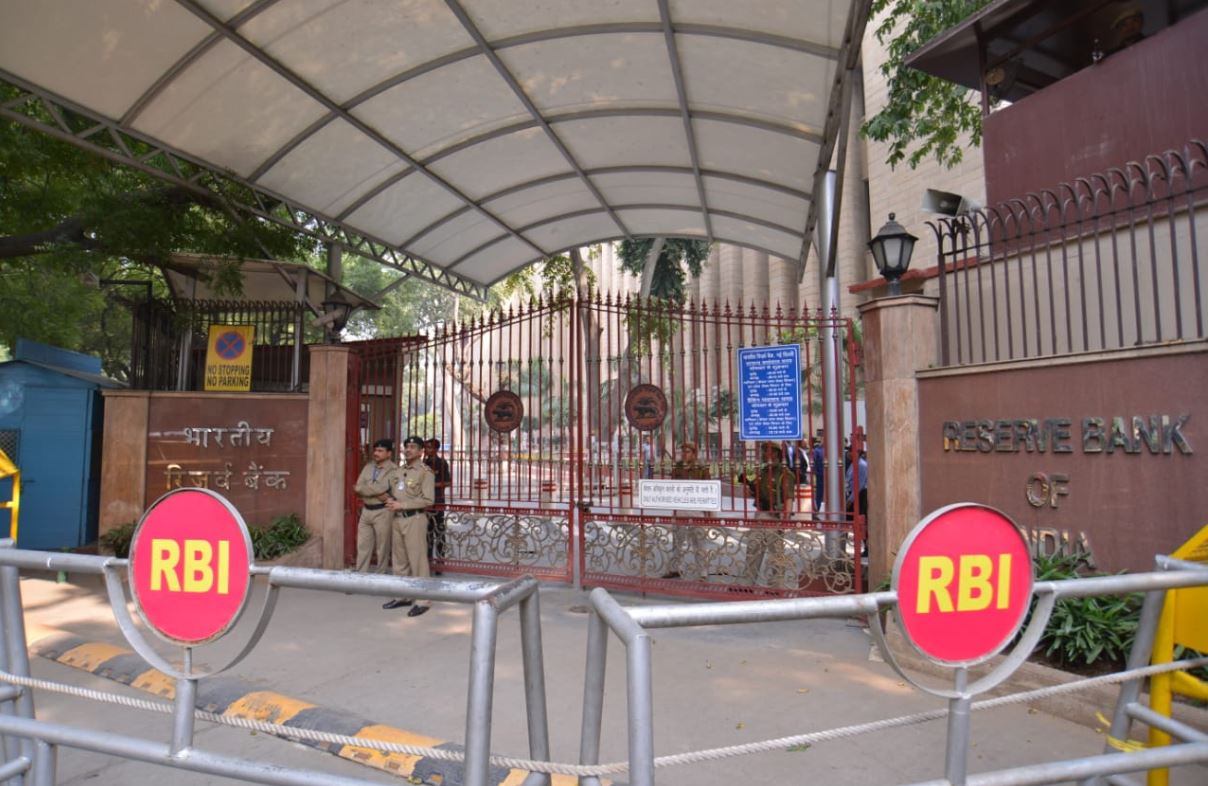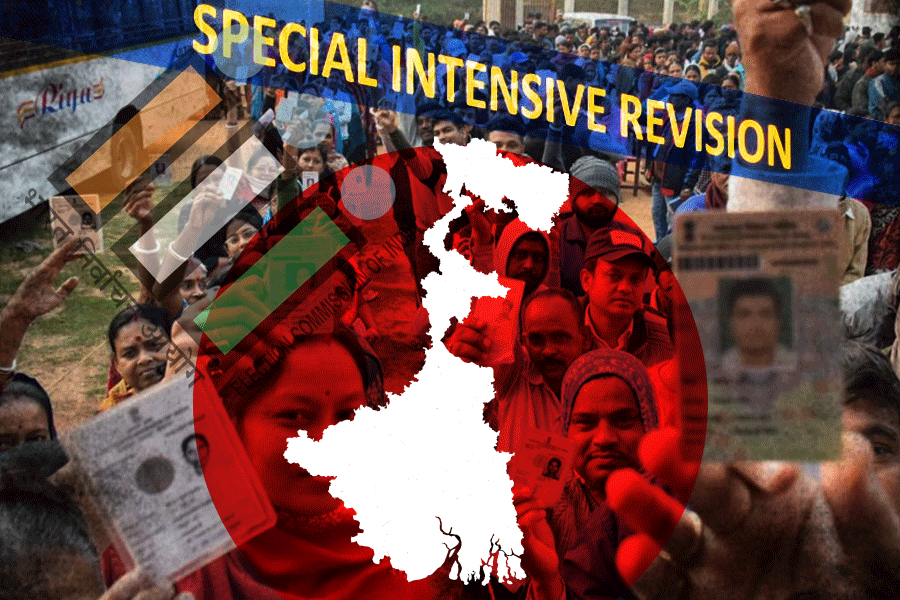The Narendra Modi government has said it is not looking to force the Reserve Bank of India to transfer Rs 3.6 lakh crore to fund spending in an election year at a time the Centre has very little fiscal headroom left.
“(The) government’s fiscal math is completely on track. There is no proposal to ask RBI to transfer 3.6 or even 1 lakh crore, as speculated…. Only proposal under discussion is to fix (an) appropriate economic capital framework for the RBI,” economic affairs secretary Subhash Chandra Garg tweeted.
The tweet was posted amid a tense standoff between the government and the RBI ahead of a crucial meeting of the apex bank’s central board of directors on November 19.
A draft economic capital framework for the RBI — which determines how much capital and internal reserves the central bank ought to have to meet its public policy mandate — was formulated in 2015.
“The Reserve Bank plans to cover not only risks in its balance sheet but also its contingent risks which arise from its public policy role in fostering monetary and financial stability,” the RBI had said in its annual report in August 2015.
Garg did not go into the specifics of what he meant by “fixing” the economic capital framework within three years of its formulation.
Former finance minister P. Chidambaram riposted in a tweet: “You fix what is broke. Which part of the RBI is broken that the government is anxious to fix?”
He went on to say: “What is this jargon put out by the government: ‘fix the economic capital framework of the RBI’?”
There has been speculation that the phrase is just a euphemism to lower the RBI’s equity capital and reserves to assets ratio. The drawdown in capital reserves could be termed a “surplus” and then transferred to the government, sources said.
The government seems to believe that the RBI is overcapitalised and its mandate too wide, which loads its balance sheet with risks that warrant large capital buffers.
There have been some suggestions that the RBI’s capital-to-asset ratio is too high at 27 per cent and needs to be trimmed to about 14 per cent.
The RBI has been only too keenly aware of these risks.
In its annual report of 2015, the central bank said: “The principle of ‘policy predominance’ in pursuit of public interest often requires central banks to assume considerable financial risks on their balance sheets.
“For instance, the Reserve Bank of India maintains national forex reserves, constituting almost three-fourth of its balance sheet, in fulfilling its core purpose of fostering confidence in the external value of the rupee. While the reserves do buffer the country against external shocks, they also expose the Reserve Bank to considerable exchange rate risks. Such risks, which cannot be hedged, have to be carried by the Reserve Bank.”
It added: “A central bank’s role in fostering monetary and financial stability also exposes it to a wider range of risks, including losses arising from market interventions, lender of last resort role, market maker of last resort, and quasi-fiscal operations.”
It is not know if any, or all, of these elements of the RBI’s public policy mandate will come up for discussion at the November 19 meeting.
Any attempt to abridge the role of the RBI -– the country’s oldest regulator -- will be seen as an assault on the broad remit of the central bank which has been explicitly spelt out in the RBI Act.
“Most modern central banks hold positive amounts of capital as insurance against political interference,” said economist Alex Cukierman in a 2011 paper titled “Central bank finances and independence – how much capital should a central bank have?”
The RBI’s annual report of 2015 carried a reference to this report when it spoke about the risks it had to bear to manage its wide mandate.
“When its capital is negative, it is more likely that the central bank will depend on infusions of funds from the treasury, opening the door for various pressures on the bank to ease policy in order to contribute directly or indirectly to financing of the deficit and/or to a (temporary) higher level of economic activity. In such cases the treasury may, explicitly or implicitly, condition the recapitalisation of the central bank on certain policy actions. When endowed with sufficient legal independence and positive levels of capital, it is quite likely that most contemporary central banks will be able to resist such pressures,” Cukierman added.
The RBI is currently resisting any attempt to slash its capital-to-assets ratio. The central bank believes that its economic capital framework should be based on a more rigorous formula known as “stressed value (of assets with banks) at risk”.
The government is shooting for a more benign normal “value at risk” formula that requires fewer capital cushions.
“Stressed value at risk” is a new concept based on experiences in the wake of the global financial crisis of 2008.
The current total capital of the RBI is about Rs 10.53 lakh crore. Out of this sum, nearly Rs 7 lakh crore is categorised as revaluation reserves on account of the foreign exchange and bullion it holds.
But this is an unrealised monetary gain it makes when the rupee depreciates against foreign currency – as is happening at present -- or gold becomes costlier in rupee terms. It would be wrong to treat this gain as a realised profit and, hence, transferable to the government.
Y.H. Malegam, RBI’s longest serving director and former president of the Institute of Chartered Accountants of India who submitted a report several years back on RBI’s capital adequacy, feels that the RBI Act allows the government to take only the surplus generated by the RBI, principally on its seigniorage income.
Seigniorage is the profit made by a central bank when it issues currency, especially the difference between the face value of coins and their production costs.
Finance ministry officials say the issue of transferring a part of the RBI capital to the government came up after former chief economic adviser Arvind Subramanian described the RBI as “one of the most highly capitalised central banks in the world. So, it would seem to be more productive to redeploy some of this capital in other ways”.
He went on to add: “Assuming that the RBI returns Rs 4 lakh crore of capital to the government, what are the uses to which this capital can be put?”
He provided the answer: “First, for recapitalising the banks and/or recapitalising a Public Sector Asset Rehabilitation Agency.”











